Mots clés
Instruction
Certains des mots clés utilisés dans ce module sont expliqués ci-après. Vous pouvez les imprimer pour les utiliser tout au long du module :
Allergen – A tiny particle, for example pollen, that lands on the surface of the eye or the skin around the eye and causes an allergic reaction.
Cataract – A milky or cloudy patch on the lens which appears as though the person’s pupil is cloudy. A cataract significantly reduces a person’s vision. Cataracts are most common in older people, but they can also affect younger people.
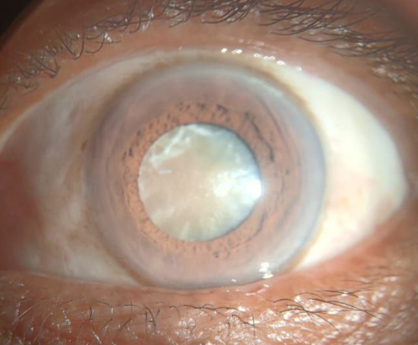
Photo credit: LV Prasad Eye Institute, India
Congenital – An illness or problem that a baby is born with.
Diabetes – A disease where sugar is high in blood. This can result in many health problems including difficulty in feeling parts of the body (especially feet) and consequent foot wounds, gradual loss of vision, kidney damage, urinary incontinence and difficulty remembering things.
Discharge – Fluid that comes out of a part of the body. It is often a sign of an infection.
Corps étranger - Élément installé dans une partie du corps alors qu’il ne devrait pas s’y trouver. Ce peut être, par exemple, un grain de sable sous la paupière ou un insecte dans le conduit auditif.
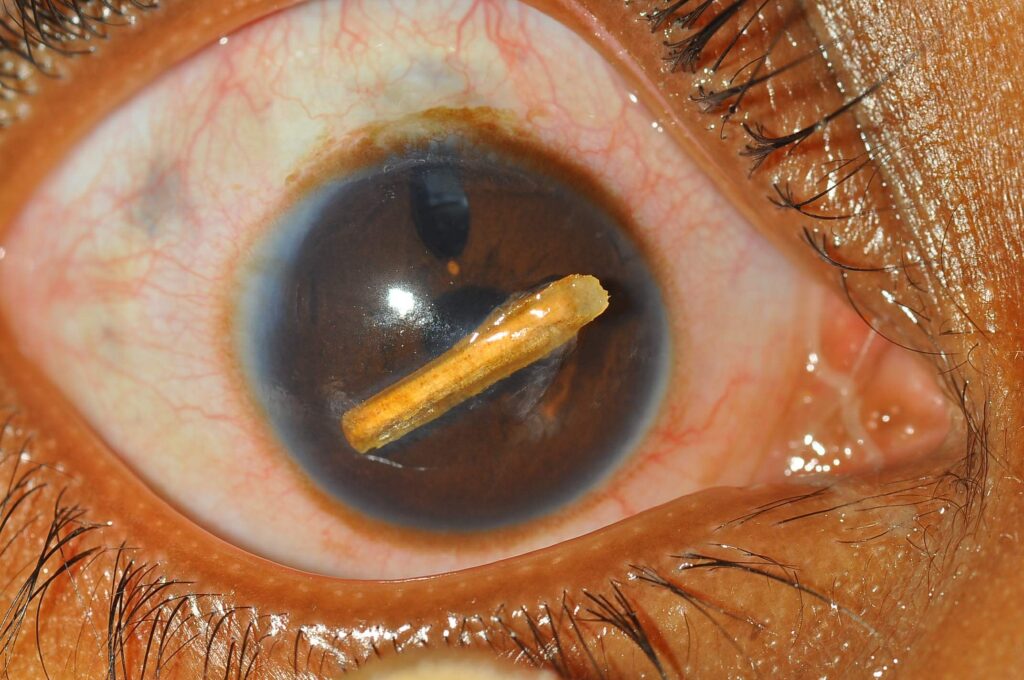
Photo credit: Aravind Eye Care System
Fundus reflex – Eye reflex in which light enters the eye through the pupil (black central part of the eye). The light reflects off the back of the eye (fundus), and returns through the pupil, appearing as a reddish-orange glow. The fundus reflex can appear differently, depending on the person’s skin colour.

Photo credit: Arclight Project, University of St Andrews
Lubricating eye drops – Eye drops that are used to help keep eyes moist. They can reduce eye discomfort and dryness.
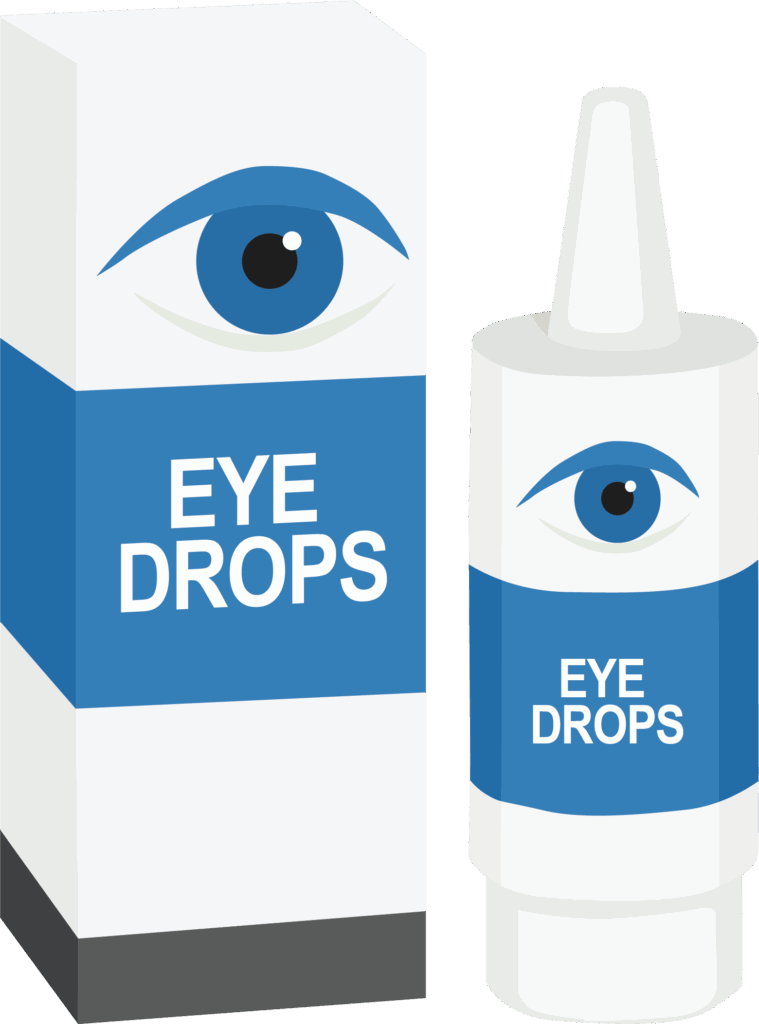
Near vision spectacles – Near vision spectacles work by making text or objects look larger (magnified). They are used for people with near vision problems in older adults. They help the person to carry out any activity that is within arms-reach.
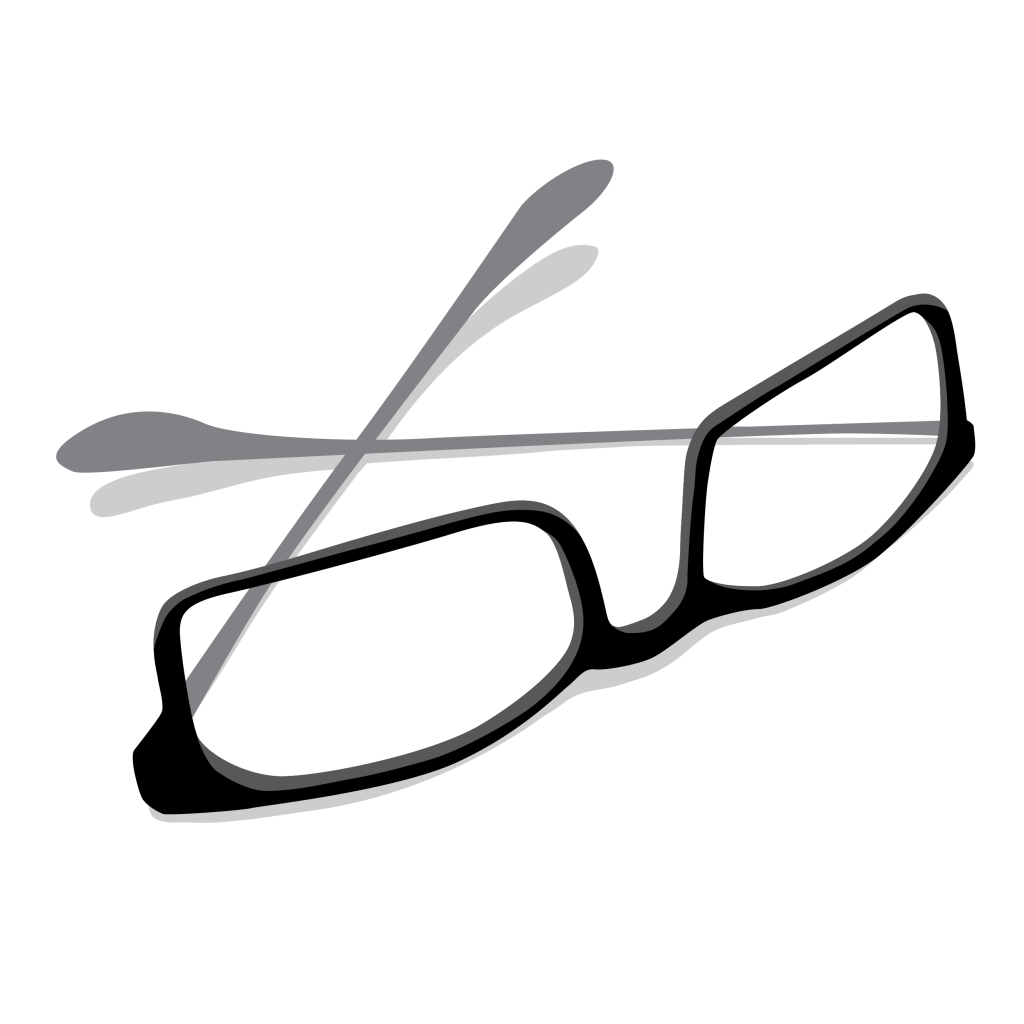
Ophthalmoscope – A device used to shine light into a person’s eye to see the back of the eyeball. An Arclight is a type of ophthalmoscope that can be used instead of a traditional ophthalmoscope.

Traditional ophthalmoscope
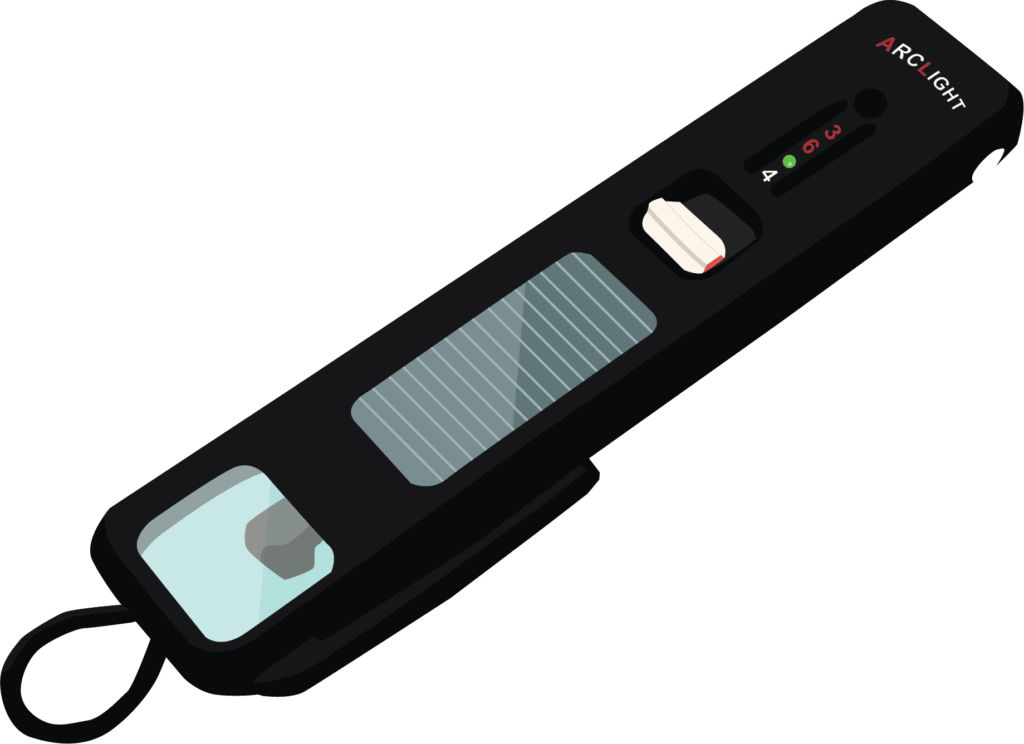
Arclight
Presbyopia – A near vision problem in older adults. People with presbyopia have difficulty seeing things that are close. Presbyopia only occurs as people reach the age of 40 or more.

Pupil reactions – The pupil is the dark part in the centre of the eye. It is where light passes into the eye. A healthy pupil reaction involves:
- The pupils getting smaller when light shines into the eyes
- The pupils getting bigger when no light shines into the eyes.
Topical antibiotic – Medicine that is applied directly to the skin or eyes to treat infection. Topical antibiotics can include drops and ointments.


Instruction
Si vous rencontrez d'autres mots qui ne vous sont pas familiers, demandez à un collègue ou à votre mentor.

